|
I’ve wanted to write informal posts about my adventures and ethnographic experiences for a while now, and yet here I am four months into my research with no fieldwork posts to show for it. That changes today, with the first of what I hope will become a series of posts about living and doing ethnography in Cambodia, which I’m not so humbly titling “The Continuing Adventures of Mekong Matty.” Which is a Jungle Cruise reference for you non-Disneylanders, but that’s a topic for another time… I heard about archaeological work at Laang Spean – “The Cave of Bridges” – in the news a few months ago and wanted to arrange a visit. After all, most archaeology in Cambodia is focused on the temples of Angkor, so any significant work being done in Battambang – the focus of my research on tourism – was naturally of personal and professional interest. Luckily, my good friend, Khmer-language buddy, and esteemed archaeologist Dr. Alison Carter knew of a dig at Laang Spean happening from the end of February to the beginning of March. Not only that, but being the amazing person that she is, she knew the head archaeologists – Dr. Hubert Forestier and the (soon-to-be Dr.) Heng Sophady – and put me in direct contact with them. Sophady was eager for visitors and quickly invited me and my research assistant Visal out to Laang Spean in the middle of their dig to see what was going on for ourselves. Laang Spean is easily accessible from Battambang, about 45 minutes by moto down the nicely paved road towards Pailin. Anyone wishing to visit for themselves need only to head towards Phnom Sampeau and keep going past the entrance to that mountain, heading straight to the town of Sdau. Small mountains begin appearing on the otherwise flat landscape near Sdau, and a little beyond the town is a temple near a hill, after which comes a turn-off onto a dirt road that leads towards Laang Spean. This road can be a bit tricky to see at first, but if you travel slowly you’ll notice a sign in French and Khmer that indicates the mountain. From Forestier et al. 2015Then comes the difficult part – actually reaching the mountain of Phnom Teak Trang, where Laang Spean is located. While the highway is easy to traverse, the dirt roads are considerably less so. No signs point the way as you pass through rows of fields growing rice, corn, and other crops, so you may have to stop and ask for directions (although the locals know there’s only one reason for a foreigner to be in those fields, so they’ll point the way quickly enough). Much of the path is pure sand while the rest is mud, so riding a moto can be dangerous and tricky, particularly if there is any recent rain. Worst of all is a hastily constructed wood bridge that you must cross. Visal, being lighter and more experienced with motos than I am, volunteered to take our bike across and I saw several planks of wood lift up on one end where it should have been nailed down. Luckily, we both made it across in one piece. She's a bold kid. A booooold kid.Believe it or not, but this was the easiest part of the road through the field...The Khmer word “phnom” means “mountain,” although in the Cambodian context it’s more like a large hill. In this region, many “phnoms” dot the landscape, so finding the correct one is a bit tricky. The key is to look for the giant scarring cave hole which you can just see about two-thirds of the way up the side of Phnom Teak Trang. The only other indication that we found the right cave was the small collection of motos, tuk-tuks, and beat-up trucks we found at the base – clues that an archaeological team was nearby. It's taller than the perspective on these photos makes it look...A short path through some bushes led to a steep rocky climb up the mountainside. A rope isn’t required, but I still had to stop to catch my balance from time to time for fear of sliding down the loose dirt. I can’t even imagine trying to bring heavy equipment or artifacts up and down this path, and have much respect to those that do. More anthrobutt than you thought you'd see today. Which is odd, since my girlfriend often laments my lack of tushy.The top leveled out into an entrance area of sorts. The cave is exposed to the outside, making it well lit and cool from excellent airflow, and there’s a large foyer-type area on the right before proceeding into the deeper part of the cave to the left. Separating the left and right sections is a tree and collection of vines that hang from the ceiling. A small shrine dedicated to the tiger spirits is located at the bottom of the tree where I later witnessed visiting Cambodian officials (military, political, etc.) pray and burn incense. Buddhist monks also performed a ceremony at this site before the dig to bless the endeavour, as per local custom. The entrance to Laang Spean. "Foyer" to the right, dig site in the back left. "Bridge" all the way in the back.The cave is called Laang Spean – “The Cave of Bridges” – because of several large rock formations that create a bridge-like effect, the largest of which was behind the main dig area. Supposedly there are more than a dozen more caves in the area that archaeologists suspect may house artifacts but are yet unexplored. The cave, while smaller than I expected based on photos I’d seen, was no less beautiful and inspiring. Visal, who loves learning new things about Cambodia that others don’t know, was quite taken with the place and swore to become an archaeologist then and there. Sadly, no one teaches archaeology in Battambang! Behold the Cave of Bridges. Current dig site to the bottom left, the "bridge" in the middle right.About 20 or so Cambodian students from Phnom Penh were digging in the deep test pits, assisted by several French archaeologists with cigarettes dangling from their mouths and two or three foreign volunteers (one American woman was volunteering here before heading to graduate school to study the archaeology of Burma). Visal and I introduced ourselves to Hubert and Sophady, who were kind and enthusiastic about our being there. Sophady was particularly accommodating and carefully guided us around the site answering any questions we had. A shorter man wearing a black shirt and the checkered karma-scarf that most Khmers wear, Sophady is actually finishing his Ph.D. under Hubert and is defending his dissertation on Laang Spean in the next few months (good luck, Sophady!). Based on what I saw in my interactions with him, I have no doubt that he’ll pass with ease and that Cambodian archaeology will be better off for it. Dr. Hubert Forestier and Heng Sophady going all archaeological on me.Between Hubert, Sophady, and some articles I read before visiting the cave, I feel like I now have a decent understanding of the history of the cave, although I’m not an archaeologist (so, digger friends, go easy on me if I sound like an idiot). The first archaeology in the cave was performed in 1965 by French couple Cécile and Roland Mourer, who found a flint point before performing further research. Over several years of work, the Mourers found pottery, bones, molluscs, stone tools, animal remains (including a rhinoceros!), and a variety of other data that indicated significant prehistoric usage of the site. In 1970, they wrote that “to our knowledge, [Laang Spean is] the first prehistoric cave deposit reported in Cambodia” (Mourer 1970). Not only that, but they also mentioned a long history of habitation by hermits and religious devotees, signifying the continuing importance of the cave to the locals even today. From Forestier et al. 2015Unfortunately, and you had to know this was coming, the Mourers were forced to abandon their research and flee the country with the rise of the Khmer Rouge. According to Sophady, research was not fully revived at Laang Spean until about 2009, when he and Hubert from the Franco-Cambodian Prehistoric Mission received funding to continue the work that the Mourers started. As Sophady described it, there are lifetimes of work left to be done that will require many more decades to complete, which is both exciting and daunting. Deep pit = long history (most of the time)Nevertheless, in the short time that archaeologists have been working there, Laang Spean has revealed a fascinating history for the habitation of the region. According to Sophady, the test pits reveal three distinct layers in the limestone, indicating three major time periods of occupation – a Neolithic layer (for lack of a better term), a Hoabinhian layer, and an ancient pre-Hoabinhian layer dating back tens of thousands of years. The stone tools mentioned above, which they continue to find (and which they let Visal hold and inspect, to her astonishment), are indicative of the Hoabinhian cultural complex. The Hoabinhian people (named after the town in northern Vietnam in which the first materials were found) are known for specific tool-making techniques as well as certain dietary preferences, which includes seafood (hence the molluscs found on the top of the mountain). Sophady estimates that the Hoabinhian people who lived in this cave probably did so somewhere between 9000 to 3000 years ago. From Forestier et al. 2015Five burials have also been found – four men and one woman dating to between 1,700 and 1,300 B.C. Some burials were adorned with bangles and gifts, while others were left bare, leading the archaeologists to propose that the society occupying the cave had some form of social hierarchy. They also found 2,700 stone beads, from which later research may discover trade networks with other groups around Asia. Sophady suspects there are more burials left to uncover in the future. Photo of one of the burials before it was excavated. Notice the bangles on the wrists.The burials are likely from the Neolithic period, although the term Neolithic is highly problematic and hard to define out of context. This problem is made more complicated because the different layers of occupation are mixed together a bit nearer the surface, making exact dating and separation more challenging. According to Sophady, the important thing to know is that the occupants of the cave changed at some point in history. Whereas some occupants used the cave to bury their dead, likely indicating a certain reverence for the site (and perhaps involving some form of spiritual belief), later treated the cave as a mundane living space. Thus, the common-day remains of a living people – seafood shells, food refuse, etc. – have disturbed the pristine burials underneath. The difference in usage of the cave has implications for the shifting cultural importance of the site over time, and is something the archaeologists hope to clarify more in the future. The oldest layer is not yet fully explored, although the data indicate that some form of occupation may have occurred in the cave as far back as 71,000 years ago. Hubert and Sophady were quite enthusiastic about the prospect of further research into the deeper and older layer, as there’s potential for the information gained to rewrite the history of human occupation in Southeast Asia. Local students and foreign archaeologists all working together...for science!Unfortunately, Laang Spean is threatened by the encroachment of business development. According to Sophady, the cave is not currently protected as a research site and he’s worried about a Chinese company that has been buying up nearby mountains and caves to exploit the limestone found within in order to make cement. When I asked about UNESCO protection, Sophady shrugged off the site as being “too small” to request such a thing, and thus he’s relying on media attention influencing local politicians to protect the site. From my observations, the campaign is working so far. After a few hours, several well-dressed Cambodian officials came to visit the site, including the local chief of police and an assistant to the Governor of Battambang Province. With their arrival, Sophady called off the student workers, who proceeded to set up a large tarp on the rocky and root-filled ground in the “foyer” area while the archaeological administrators took the officials on a tour. Eventually, everyone sat down on the tarp for a communal lunch prepared by women from the local village. "Hey, I just met you, and this is crazy, but here's a camera, so let's take selfies..." |
AuthorMatthew J. Trew Archives
April 2019
Categories
All
View Disclaimer and Terms of Use |
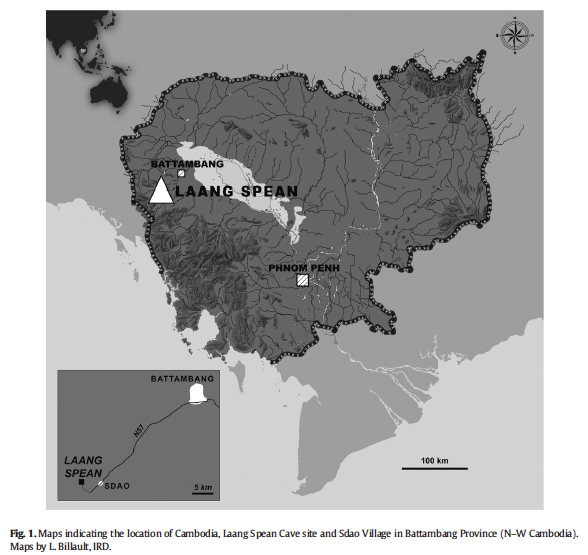
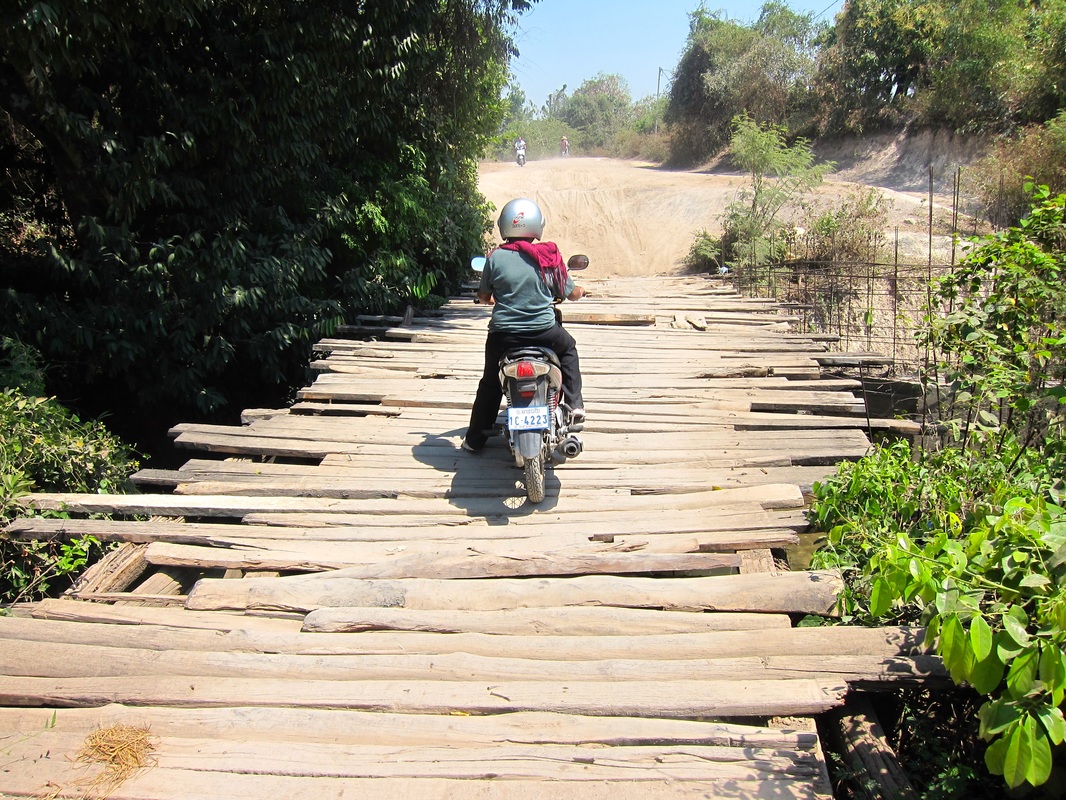
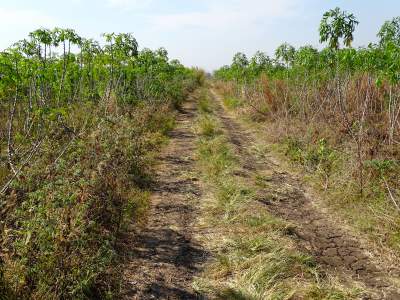
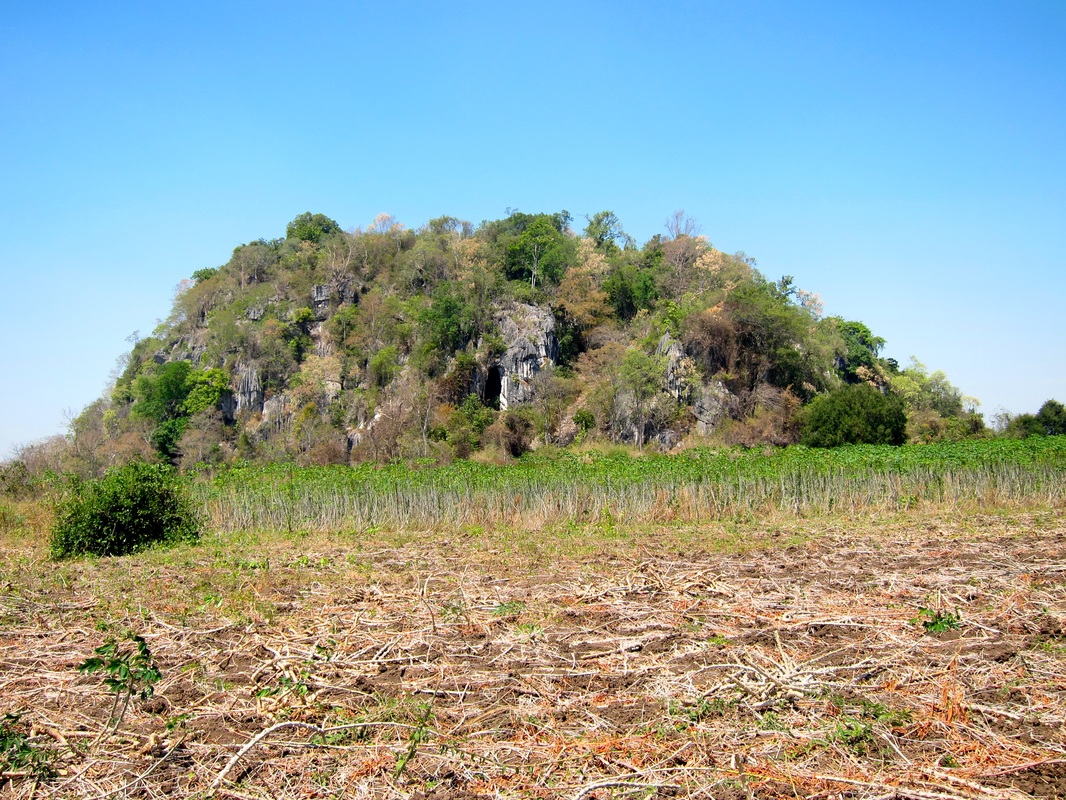
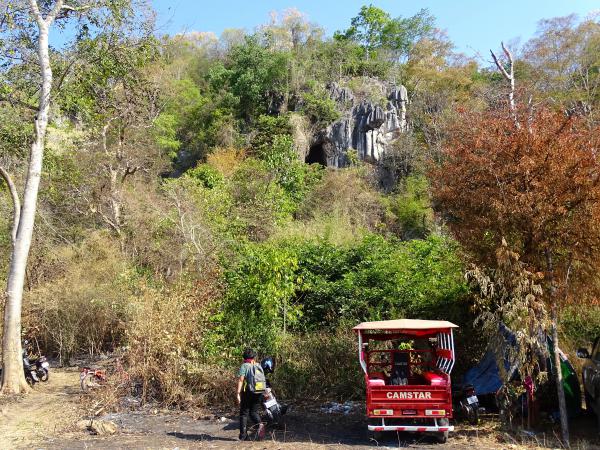
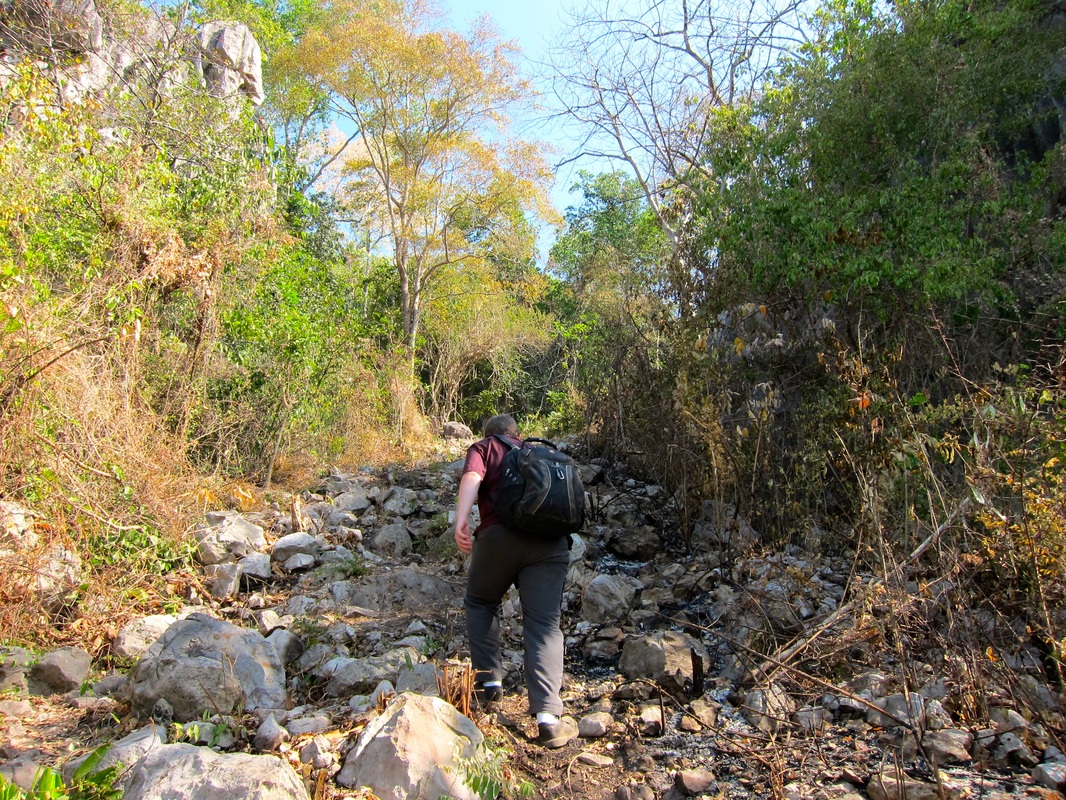
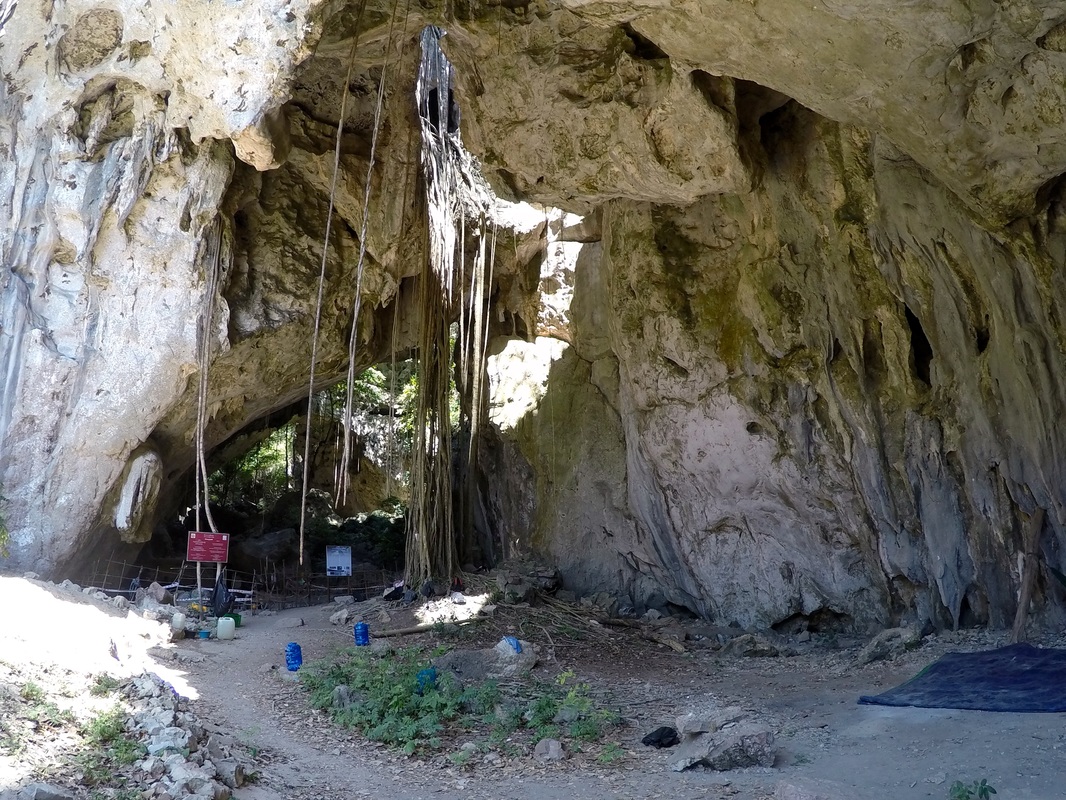
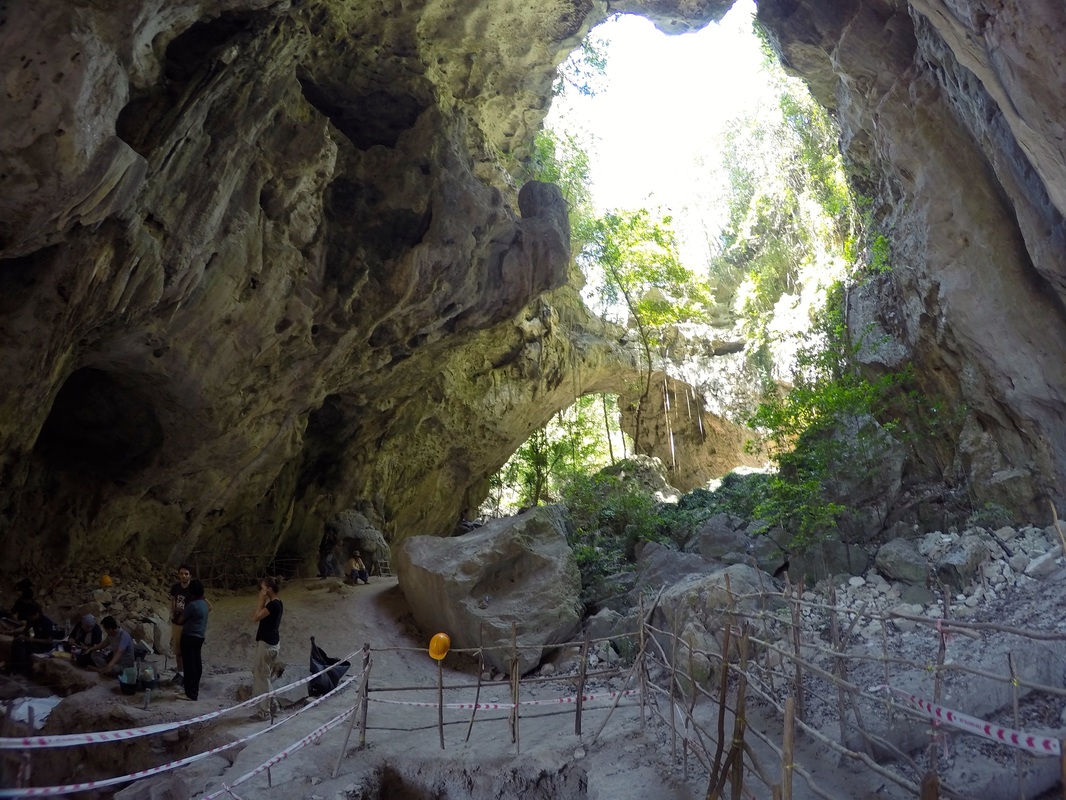
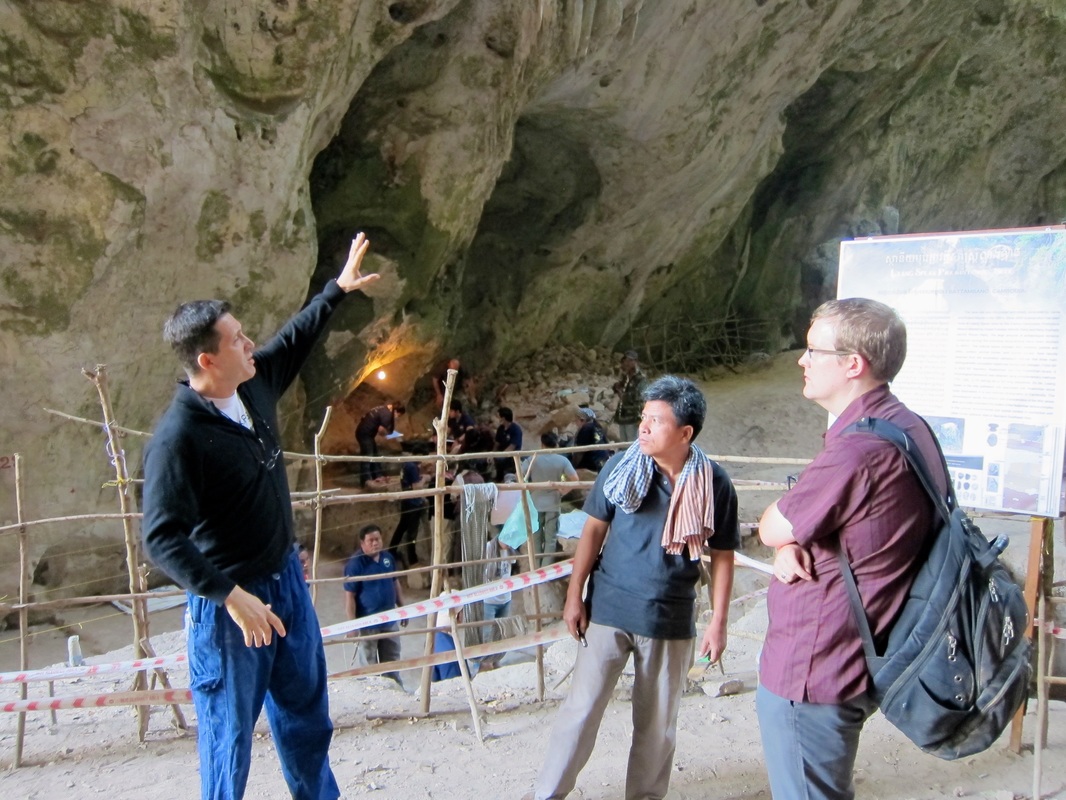
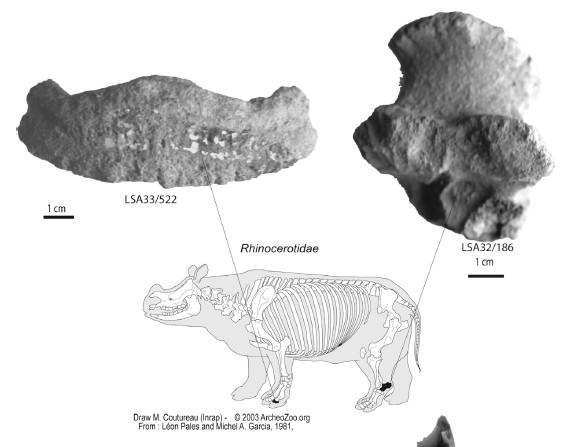
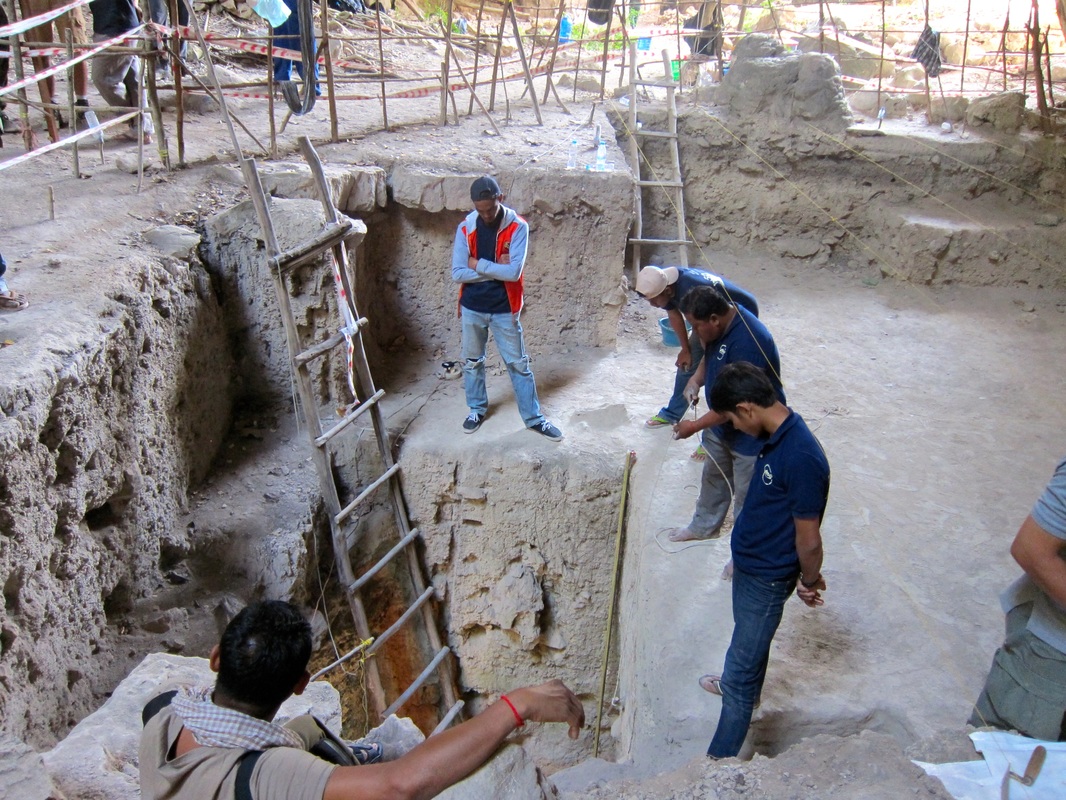
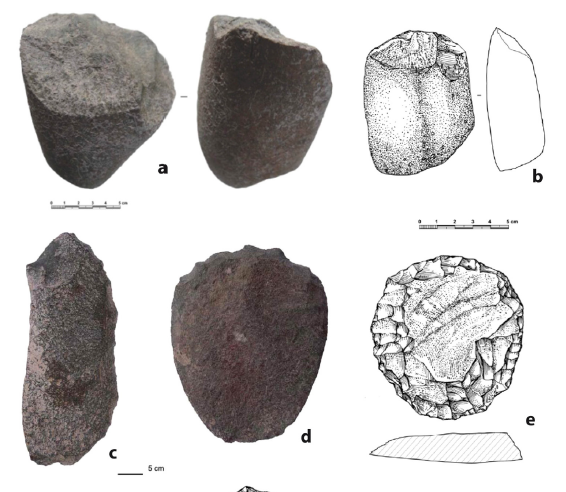
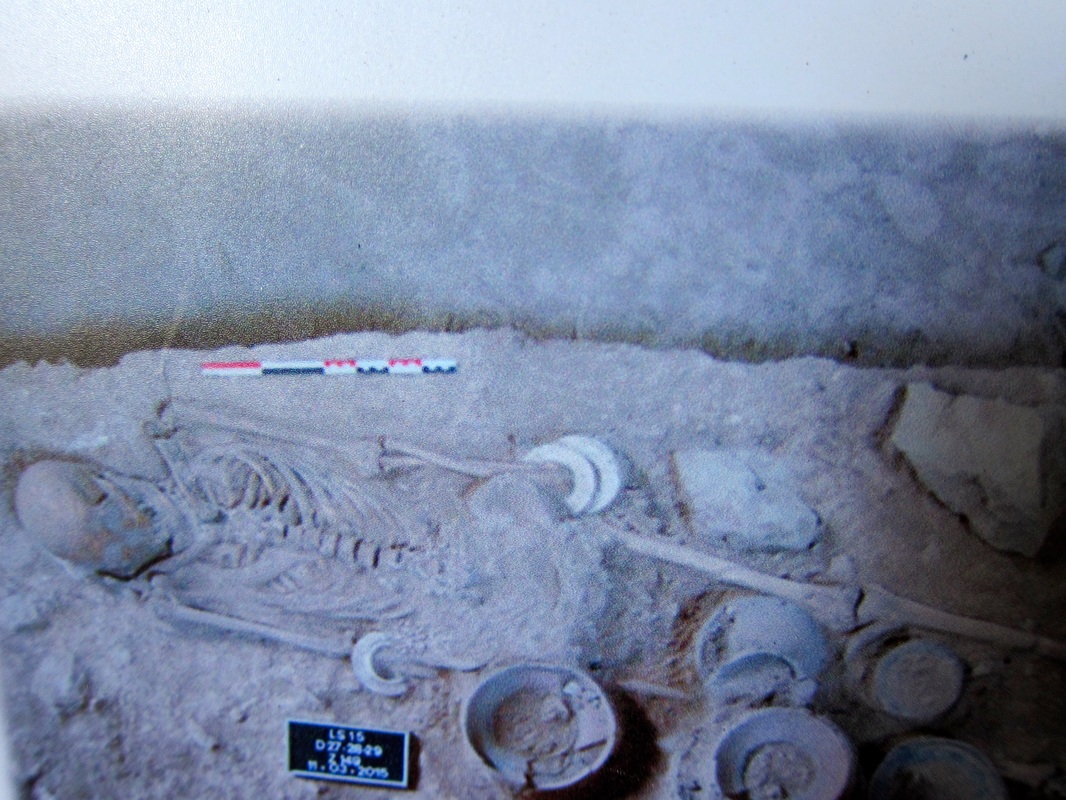
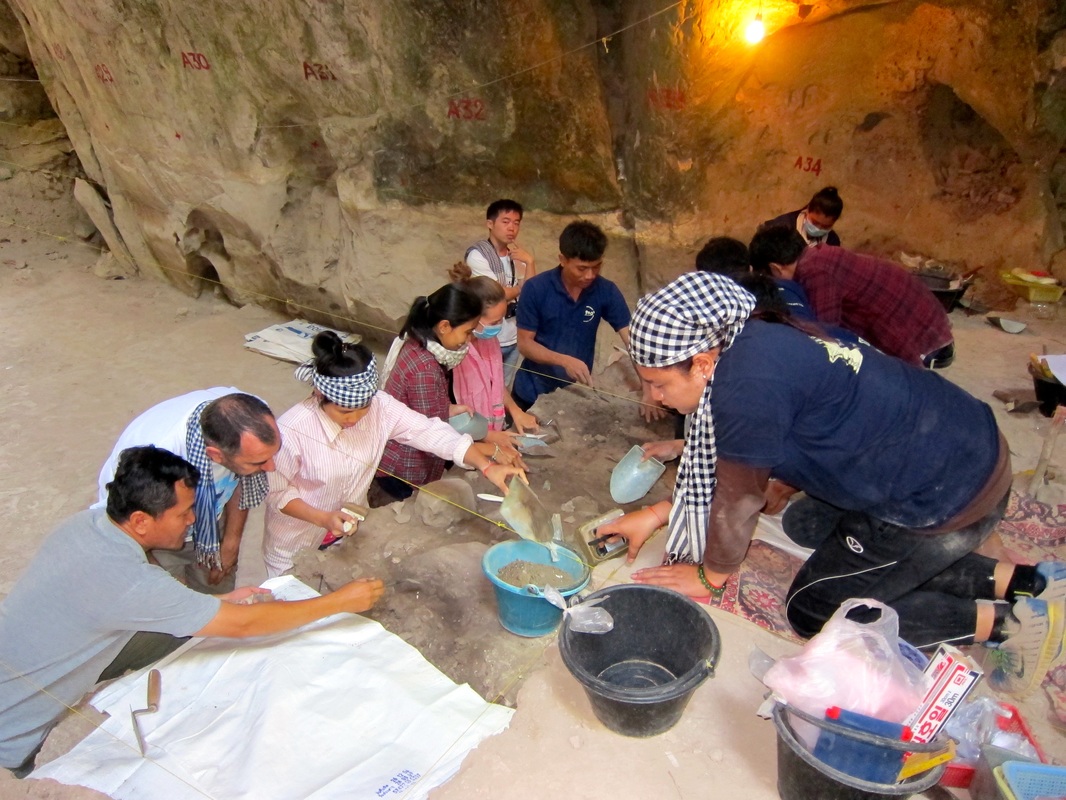
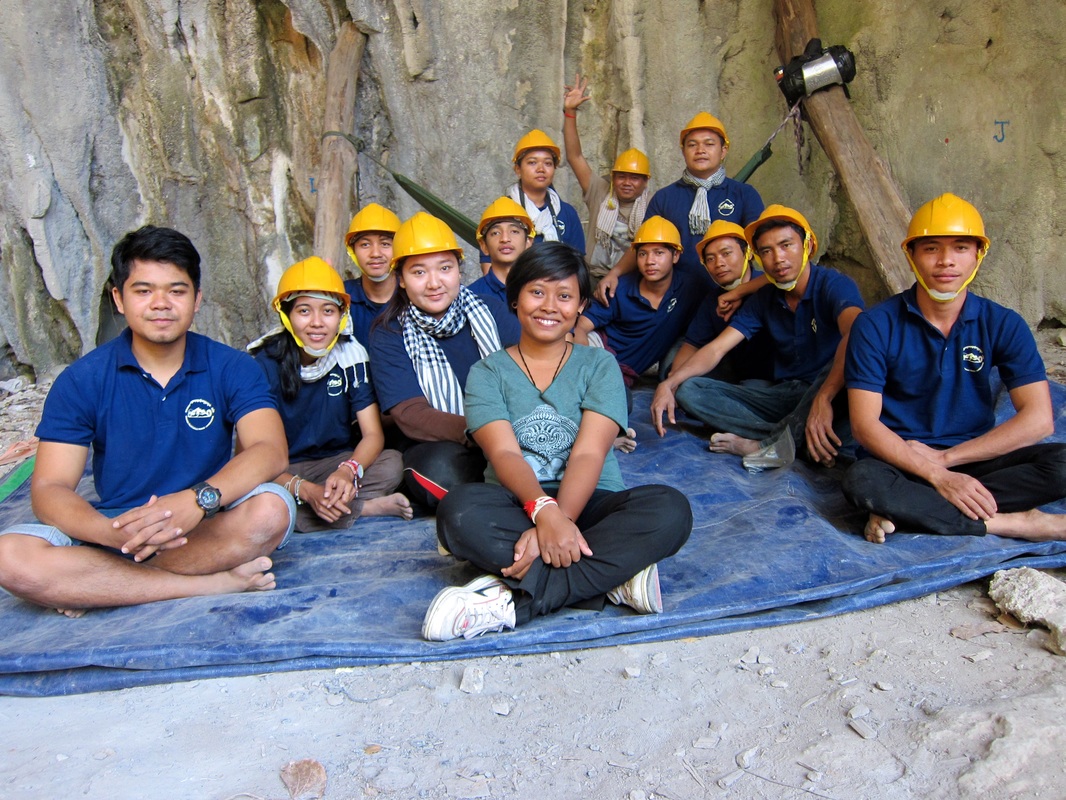
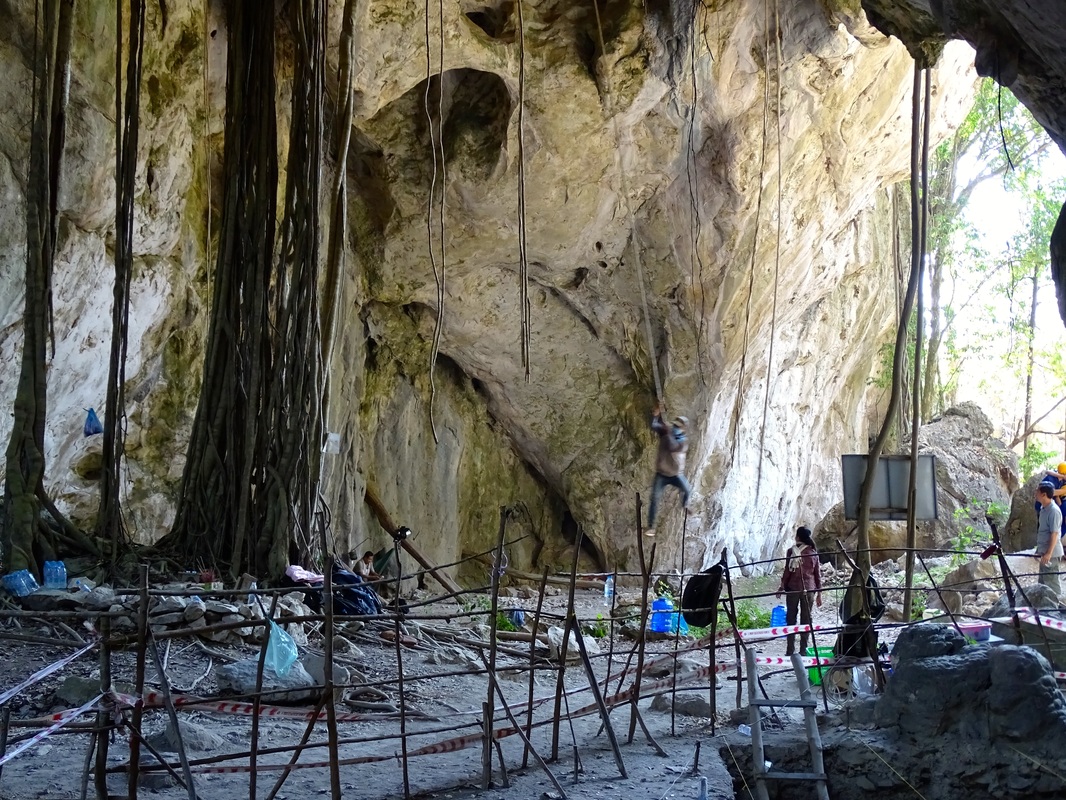
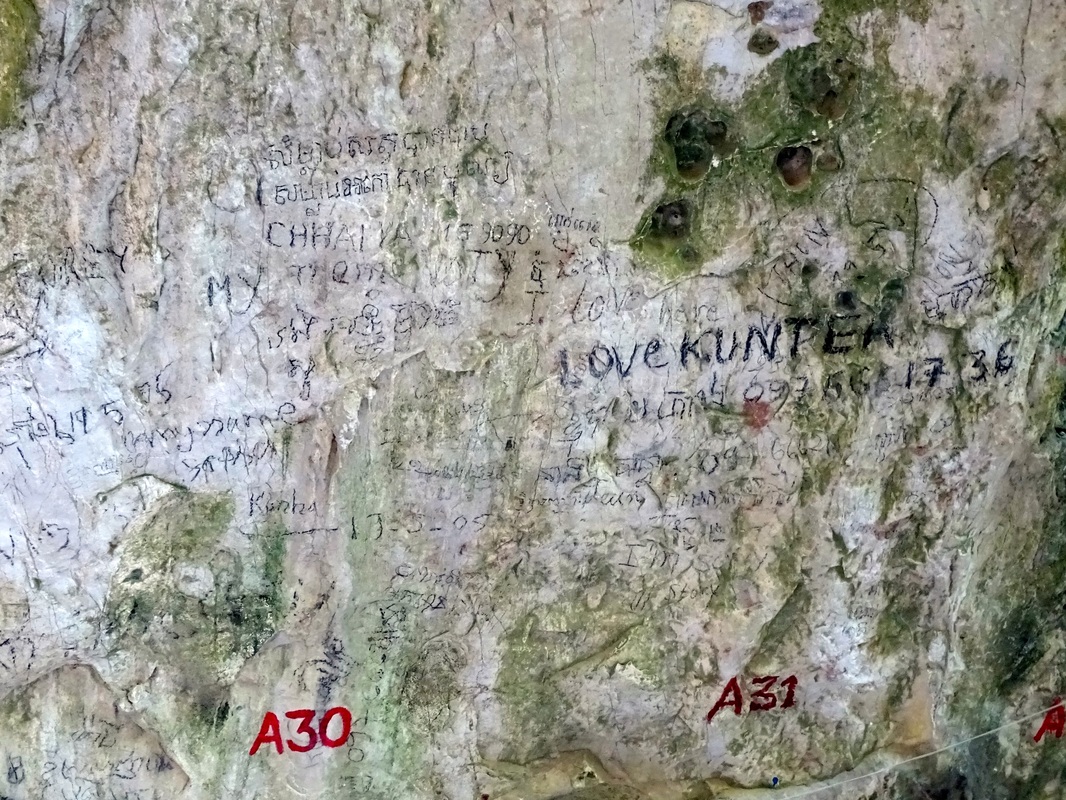
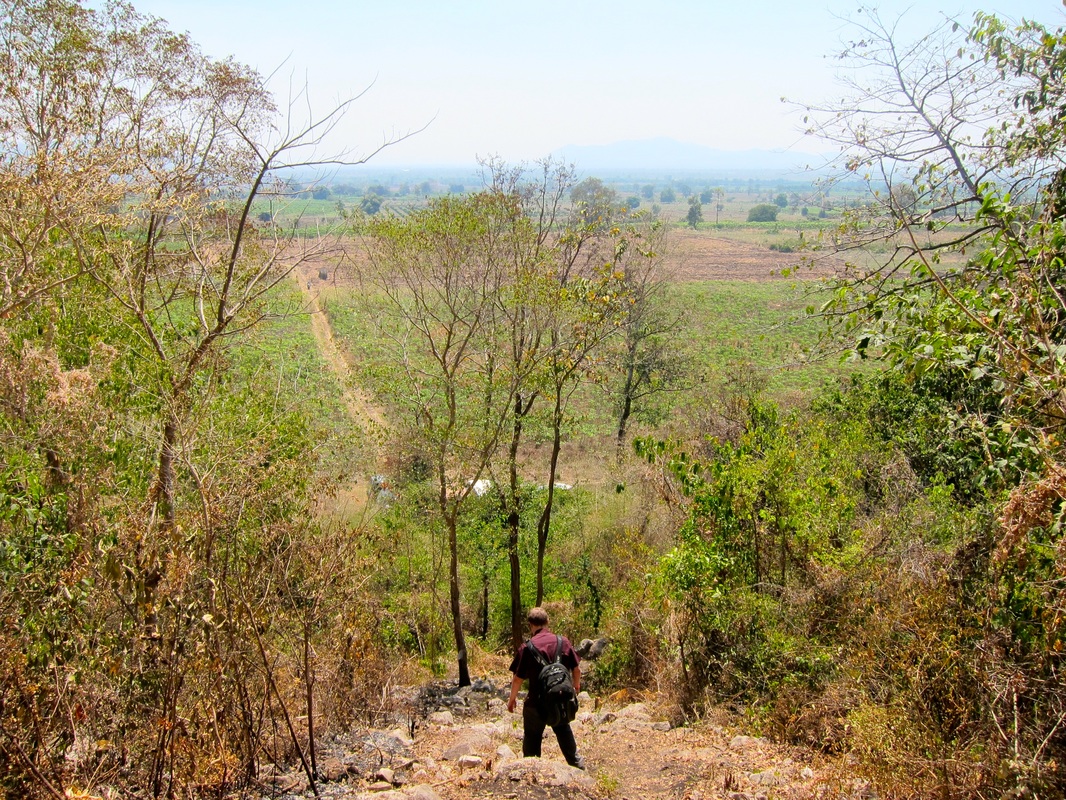
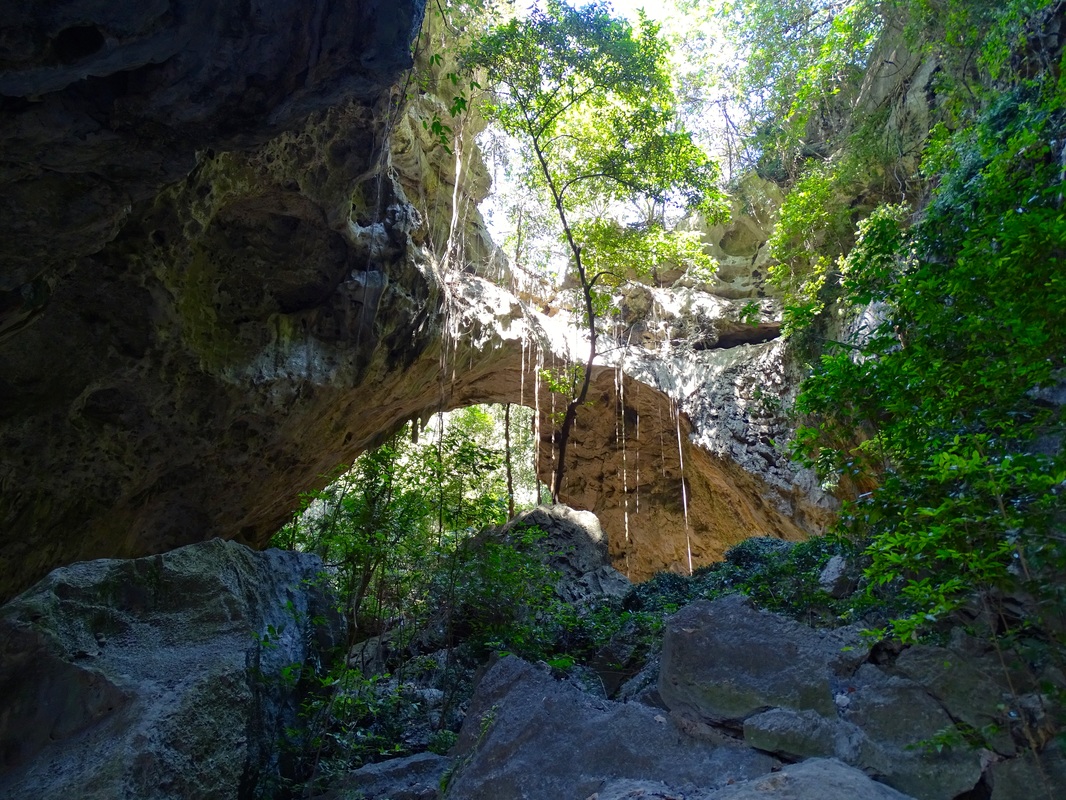
 RSS Feed
RSS Feed
